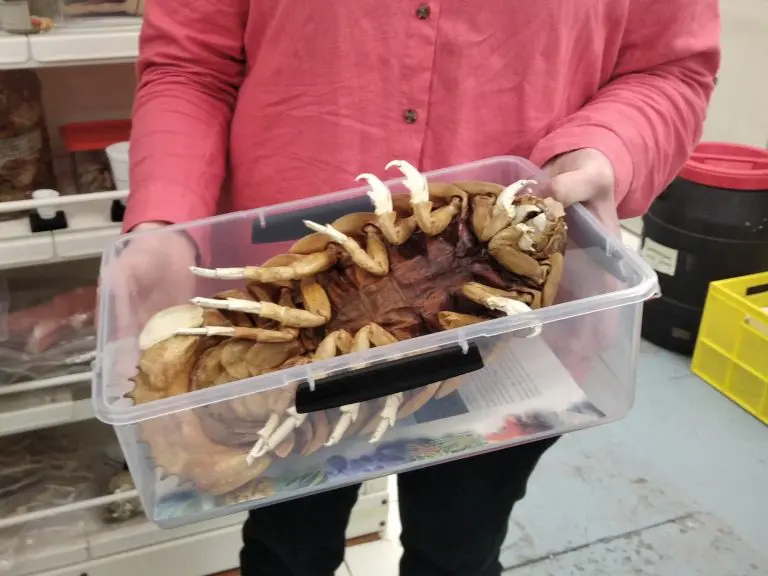Amy Burney BLAKE NIWA Ambassador – Atmostphere & Climate
From the air to the ocean, my second week started by attending a seminar by Chris Harvat on the next generation of sea ice modelling. This talk was a bit out of my field of understanding, but nonetheless interesting. I learnt a lot about the changes sea ice may undergo as the earth warms, including changes in surface reflectivity (albedo) due to thinning of the ice or surface darkening due to surface melt happening earlier and closer to the peak in the solar cycle, this is allowing for the growth of phytoplankton blooms under the sea ice. He also mentioned about steps forward they are making in modelling sea ice including accounting for variable ice geometry at any scale.
Continuing the theme of learning more about the ocean; most people will probably only know what the life in our oceans looks like from watching David Attenborough, it’s one thing seeing all of the ocean life through your TV and quite a different one seeing deep sea specimens firsthand.
Diana Macpherson, one of the team at NIWA that manages the extensive >350,000 jar invertebrate collection took the time to show me some of the neat samples they have there. From Giant isopods (Bathyomus giganteus) to giant Antarctic worms with bristles and scales (Euagisca gigantea) and even squids which have a shell inside their body that they use for buoyancy (Spirula spirula). The range of invertebrate in the ocean around NZ and Antarctica left me lost for words. As well as loaning specimens to other researchers all over the world, the collections and data are used to produce a set of marine identification guides and biodiversity memoirs.
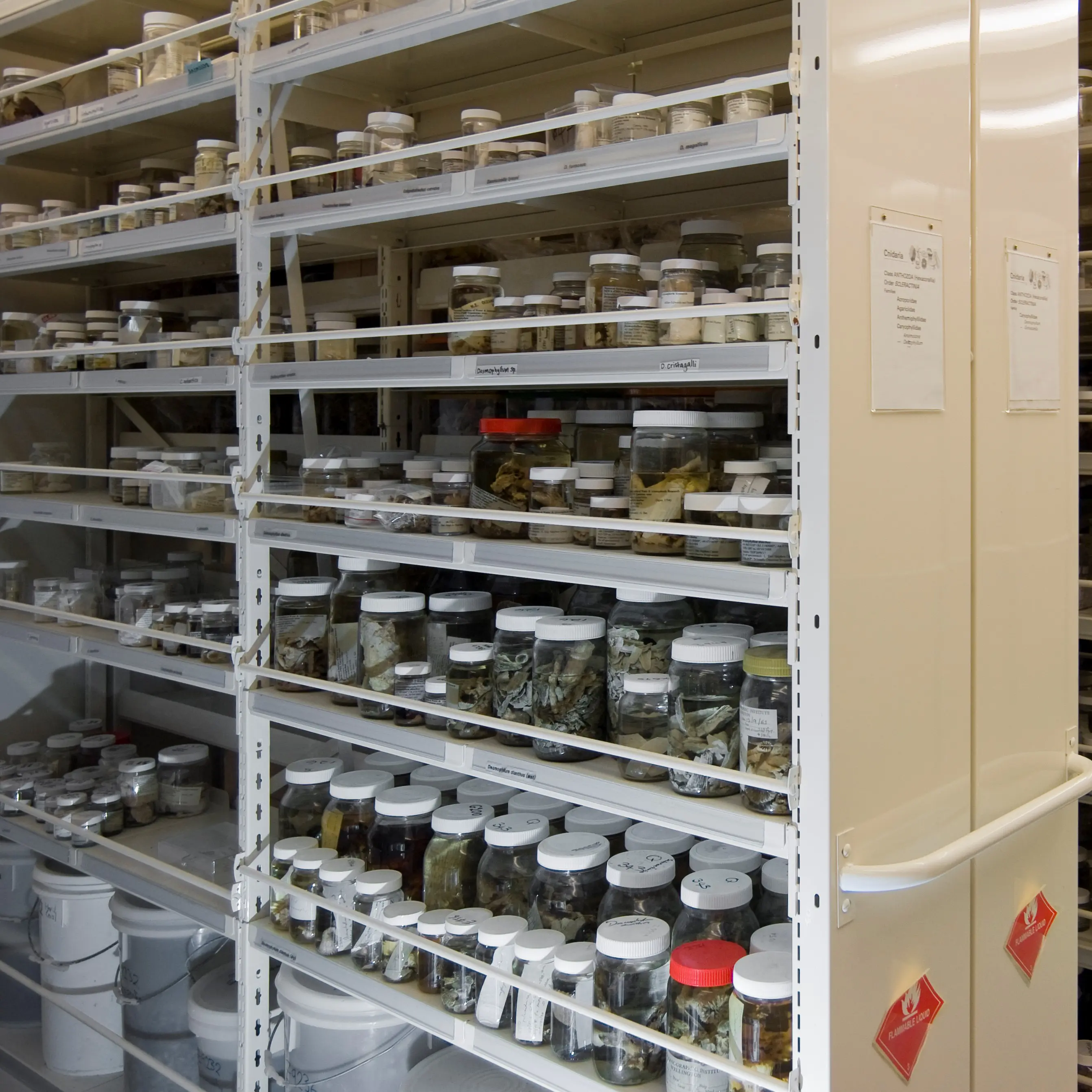
Shelves of invertebrate samples
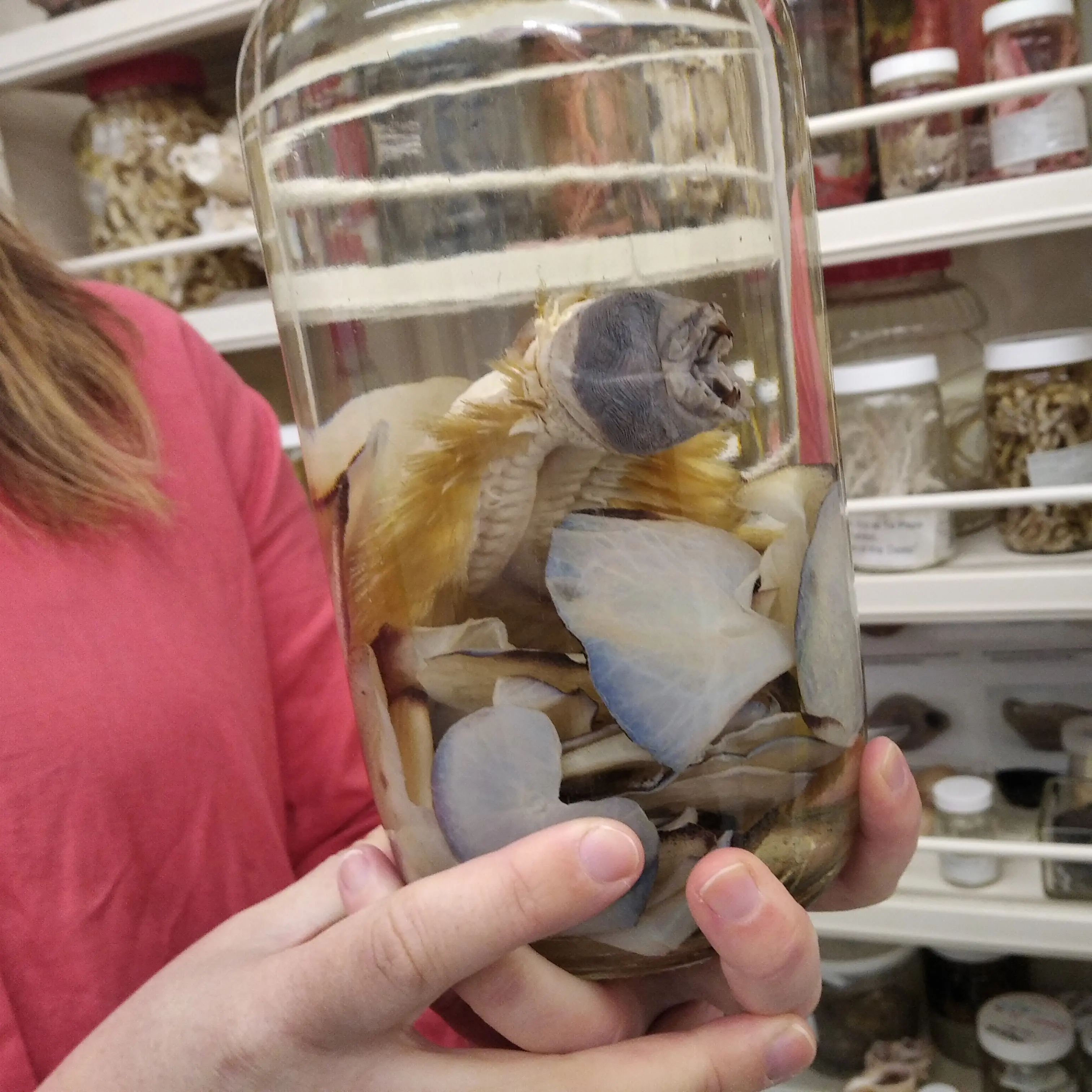
Antarctic Worm (Euagisca gigantea)
I also got a second opportunity to help at the Baring Head site, this time it was a stunner of a day with views as far as the South Island. This time I was accompanying Neil Brough who has a background in the investigation of Ozone amongst other things, and he held me responsible for the calibration of the Ozone detection machine playfully called OZZY along with helping with the weekly site checks of tank pressures and such.
Further developments on the data I was processing were also made in my second week here including determining that methane measurements from a ship travelling from NZ to Japan could not be incorporated into the data pool as the values were too dissimilar to the other sites measurements as is somewhat expected with the latitude difference.
On my final day at NIWA Wellington, I had the chance to fit in one last tour, that of the supercomputer. I had expected this to be just in a small room in one of the buildings but boy was I wrong. We began the tour in exactly what I was expecting, a small windowless room in one of the main buildings which apparently is where the supercomputer used to be held but now is just home to the tape backup system. Then to the main supercomputer, it was huge, we toured not only the main computer room but also all of the rooms of extra systems and precautionary measures, tanks of fire stopping gases, water cooling rooms to supply water to cool the computers, power supply room and battery room for interim power before the generator can kick in in the case of a power outage. Leaving the tour, I had a new understanding of how big a task it is to provide the computing power required for the large climate and atmospheric models performed at NIWA, as well as for all of the less intensive models other members of NeSI (New Zealand eScience Infrastructure) including universities are running all the time.
I’m feeling as though I’d only just got started learning about the atmospheric study done at Greta Point, when my two weeks there were complete. Perhaps I’ll be back one day to catch up with all of the friendly faces and do some research of my own.
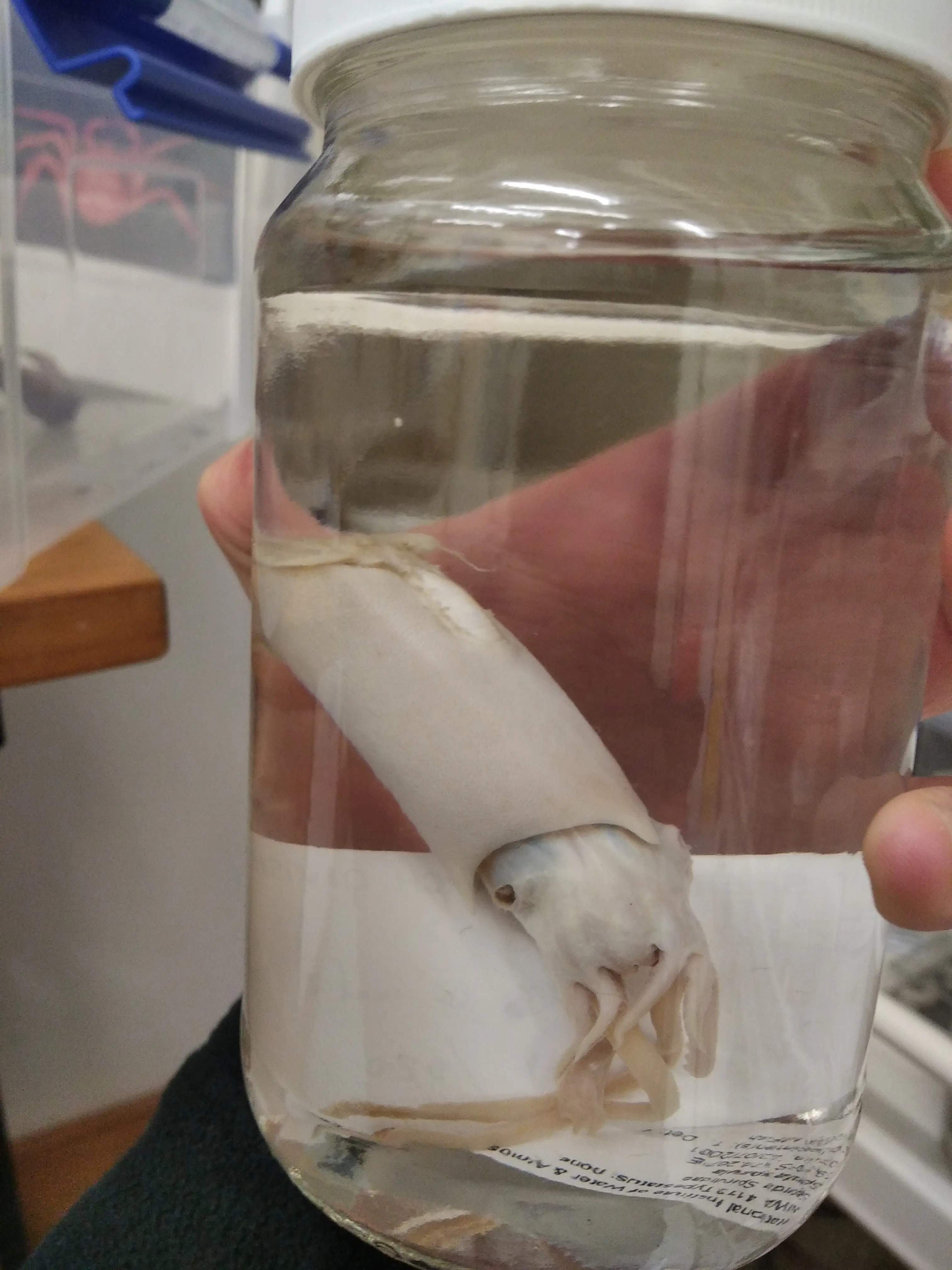
Ram’s horn squid (Spirula spirula)
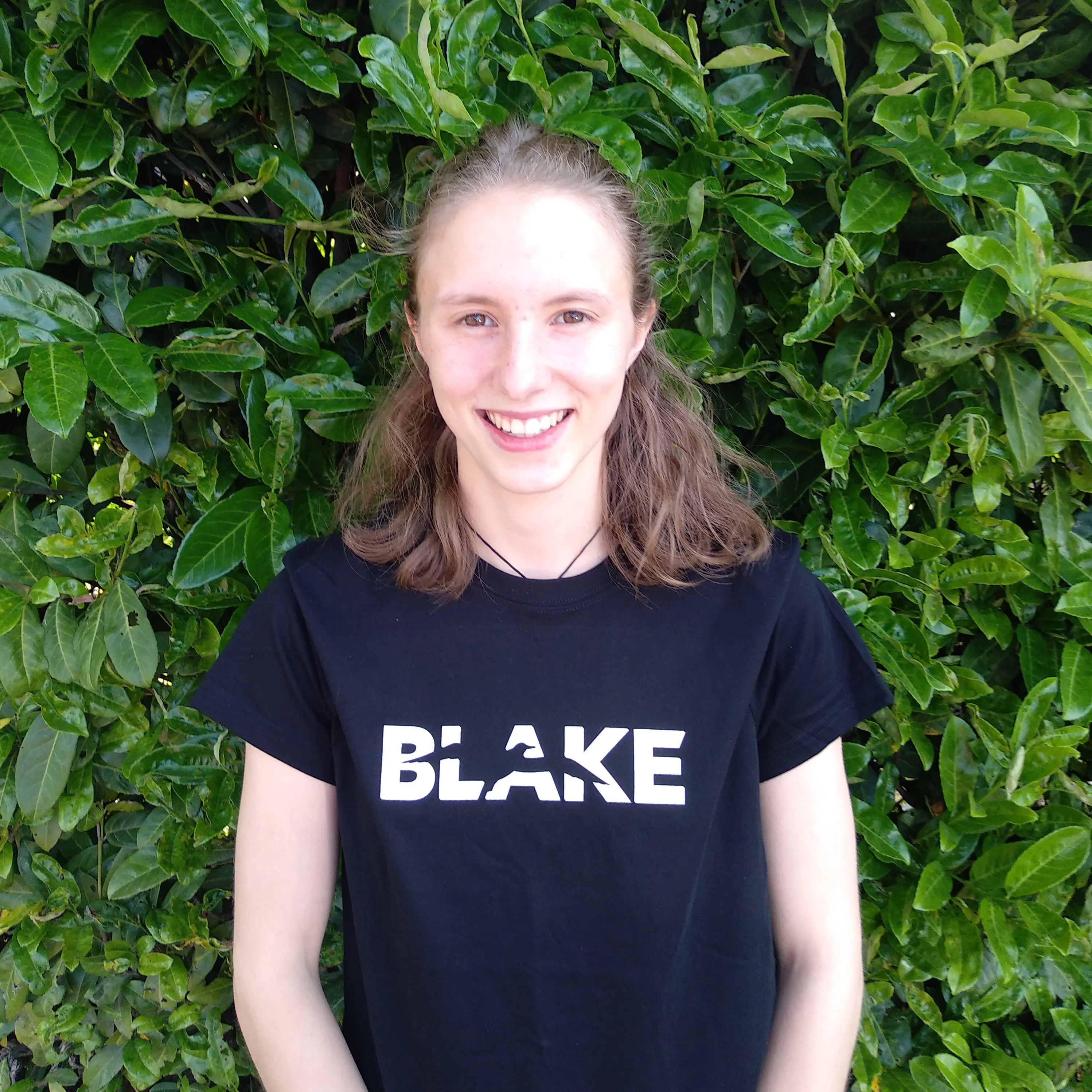
Amy Burney
BLAKE NIWA Ambassador 2020
